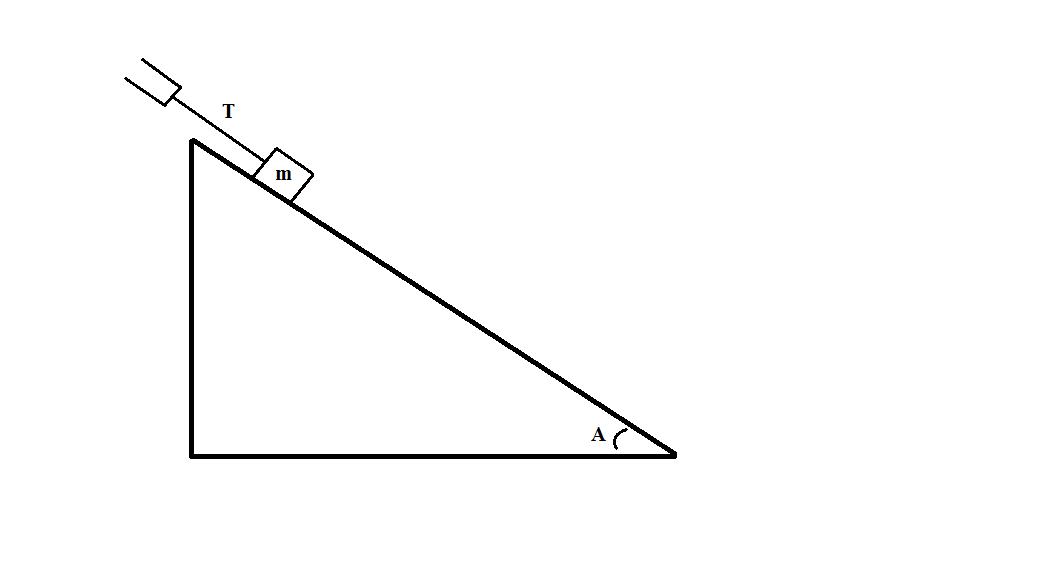AP Physics 1
Help Questions
AP Physics 1 › AP Physics 1
A rocket of mass 


Determine the magnitude of the average force of the rocket.
None of these
Explanation
Determining magnitude of final velocity:
Plugging in values:
Using definition of kinetic energy:
Plugging in values:
Since there was no initial kinetic energy:
Finding total distance:
Using
Plugging in values:
How much work (in kilojoules) is done to accelerate a car (3000kg) from rest to 
5400 kilojoules
3000 kilojoules
6200 kilojoules
3400 kilojoules
2300 kilojoules
Explanation
Work is found by finding the change in kinetic energy. Since the car started from rest it had no initial kinetic energy.
Divide by 1000 to convert to kilojoules and get 5400 kilojoules.
Determine the work done by nonconservative forces if an object with mass 10kg is shot up in the air at 

Explanation
Since this question refers to work done by nonconservative forces, we know that:
Here, 




Here 


In our case:


Consider the following system:

If the mass is 


Explanation
Since there is no friction between the mass and slope, there are only two relevant forces acting on the mass: gravity and tension. Furthermore, since the block is not in motion, we know that these forces are equal to each other. Therefore:
Substituting in an expression for the force of gravity, we get:
We know all of these values, allowing us to solve for the tension:
A 



None of these
Explanation
A man throws a pizza 


None of these
Explanation
Based on the information given, his throw would have started at 

Since at it's maximum height, all of the energy will be gravitational, the work done on the pizza will be equal to the potential energy, thus:
Using
A rocket of mass 


Determine the work done on the rocket
None of these
Explanation
Determining magnitude of final velocity:
Plugging in values:
Using definition of kinetic energy:
Plugging in values:
Since there was no initial kinetic energy:
A rocket is in space at location 


What is the work done on the rocket by the thrusters?
None of these
Explanation
Because all of the force was in the Y direction, all of the work will come from the change in the Y coordinate.
We will use the definition of work
First we need to find the distance traveled.
Then we can plug that into our work equation.
A rocket is in space at location 


What is the work done on the rocket by the thrusters?
None of these
Explanation
Because all of the force was in the Y direction, all of the work will come from the change in the Y coordinate.
We will use the definition of work
First we need to find the distance traveled.
Then we can plug that into our work equation.
If three locomotives are pulling a 

Explanation
Using
Using
and
All energy will be kinetic. Combining equations:
Plugging in values:


























































































